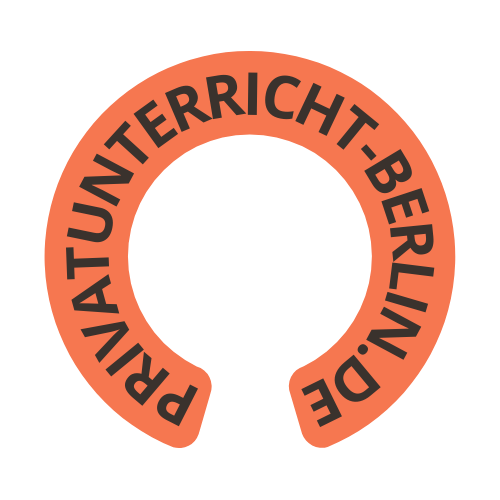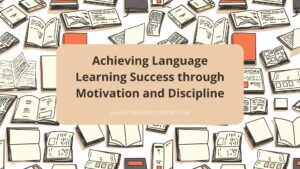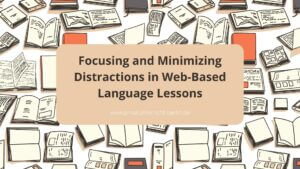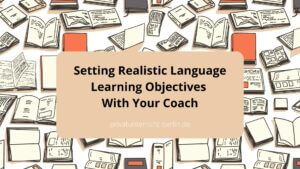Your Language Journey, Your Way: Start with a Private Tutor
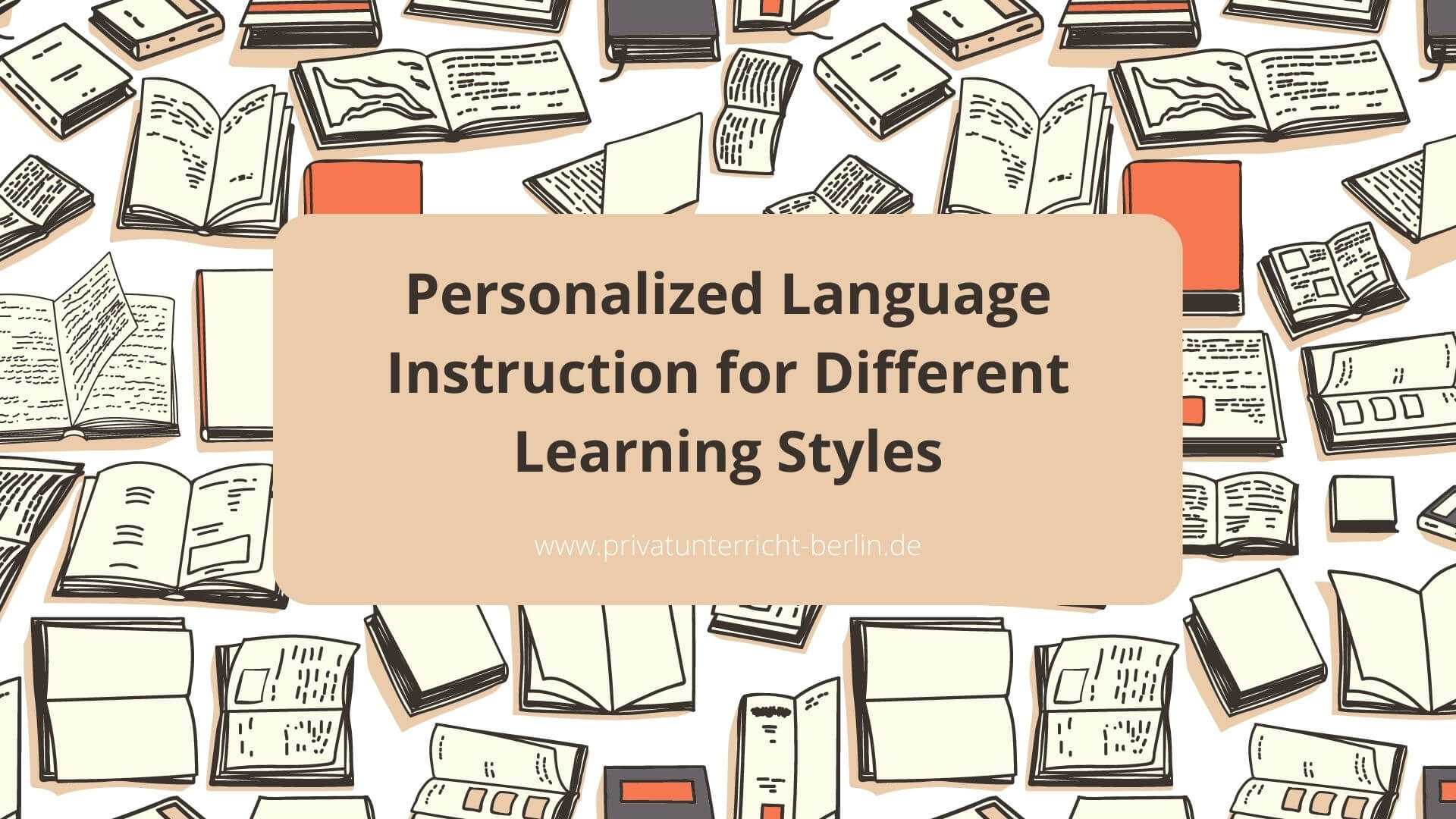
Personalized Language Instruction For Different Learning Styles
Do you need help learning a new language? Do traditional language instruction methods leave you feeling frustrated and unfulfilled? Fear not because personalized language instruction may be the solution for you.
Personalized language instruction considers your learning style, adapting teaching methods to suit your needs better. Whether you are an auditory learner who benefits from listening exercises or a visual learner who prefers diagrams and charts, personalized language instruction can cater to all learners.
In this article, we will explore the benefits of personalized language instruction and how it can help individuals achieve their language-learning goals in a way tailored to their unique strengths and weaknesses.
Table of Contents
Understanding Learning Styles
Learning styles refer to how individuals perceive, process, and retain information. These learning styles are classified into three main categories: visual learners, auditory learners, and kinesthetic learners.
In this first section of our personalized language instruction guide for different learning styles, we will focus on understanding visual and kinesthetic learners.
Visual learners prefer to learn through pictures, diagrams, videos, or other visual aids. They have a good memory for images and use color coding to help them remember important concepts. Visual learners often take detailed notes during lectures and appreciate well-organized presentations that include charts, graphs, or other visually appealing graphics.
On the other hand, kinesthetic learners learn best by doing things with their hands or moving around while studying. They tend to be more tactile and enjoy activities that involve touching or manipulating objects as they learn. Kinesthetic learners may also benefit from role-playing exercises where they can physically act out scenarios related to the subject matter being taught.
Adapting Teaching Methods
Imagine teaching a language class, and your students are like plants in a garden. Each student needs different sunlight, water, and soil to thrive. Some need more attention than others, while some require specific nutrients to flourish. Just like how a gardener adapts their techniques to cater to each plant’s needs, as an educator, it’s crucial to adapt our teaching methods to suit the various learning styles of our students.
Assessment techniques play a vital role in identifying those learning styles. By analyzing data on each student’s strengths and weaknesses, we can tailor our instruction accordingly. Additionally, collecting feedback from students allows us to understand if they feel comfortable with the current approach or if changes need to be made.
Through this process of constant adaptation and refinement, personalized language instruction becomes not only possible but also practical.
Different assessment techniques that educators can use include:
- Self-assessments: Students reflect upon their performance and identify areas where they excel or struggle.
- Peer assessments: Students evaluate one another’s work based on criteria set by the teacher.
When collecting feedback from students about their preferred learning style:
- Ask open-ended questions: Instead of asking leading questions that might influence answers, give them space to express themselves fully.
- Provide anonymity: Encourage honesty by allowing anonymous responses through surveys or online forms.
As we continue adapting our teaching methods for personalized language instruction, many benefits arise for teachers and students alike.
Benefits Of Personalized Language Instruction
One of the enormous benefits of personalized language instruction is maximizing efficiency. Traditional classroom settings often follow a one-size-fits-all approach, leaving some students bored or unchallenged while others need help keeping up with the pace. However, by tailoring lessons and activities to each student’s learning style and needs, instructors can ensure that every moment in class is spent productively.
Another advantage of personalized language instruction is overcoming learning obstacles. Many students face difficulties when it comes to acquiring new languages due to various factors such as lack of exposure, previous negative experiences, or even neurological differences. By identifying these obstacles early on and providing targeted support, instructors can help their students overcome them and progress faster than they would have otherwise. This makes for a more positive and rewarding language learning experience overall.
As we’ve discussed, personalized language instruction has numerous advantages over traditional methods.
In the next section, we’ll explore how instructors can tailor their lessons to individual strengths to create an even more effective learning environment.
Tailoring Instruction To Individual Strengths
As discussed in the previous section, personalized language instruction provides numerous benefits to learners. By tailoring lessons to their specific needs and preferences, students can improve their communication skills faster and more effectively than with a one-size-fits-all approach.
However, not all learners have the same strengths or learning styles, so an individualized approach is necessary for optimal results.
A customized curriculum is vital when it comes to personalized language instruction. Each student requires different activities, materials, and assessments based on their abilities, interests, and goals.
For example:
- Visual learners may benefit from watching videos or seeing images while practicing new vocabulary.
- Auditory learners might prefer listening exercises or having conversations with native speakers.
- Kinesthetic learners could engage better with role-playing scenarios or games that involve movement.
- Analytical thinkers may like grammar drills and text analysis tasks.
By catering to each student’s unique style through a customized curriculum, teachers can create a more engaging and practical learning experience that leads to tremendous success in achieving language-learning goals.
Achieving Language-Learning Goals
So you’ve decided to learn a new language, but how do you ensure you achieve your language-learning goals? The key is personalized instruction catered to your learning style. Interactive learning tools and progress-tracking techniques are essential for achieving success in language acquisition.
Interactive learning tools engage learners by providing opportunities to practice speaking, listening, reading, and writing skills. These tools come in various forms, such as online apps, games, conversation partners, and even virtual reality experiences. By using interactive tools regularly, learners can improve their proficiency level while having fun with the process.
Progress-tracking techniques help learners monitor their improvement over time. This can be done through quizzes or assessments that measure skill development or by keeping track of daily study habits in a journal or planner. Knowing where one stands regarding language ability helps set realistic goals and motivates one to continue pushing toward fluency.
Incorporating these personalized approaches into language instruction ensures learners have an enjoyable experience while achieving their desired outcomes. Remember: there’s no right or wrong way to learn a language – only what works best for YOU!
Frequently Asked Questions
How Can Technology Be Integrated Into Personalized Language Instruction?
Technology integration is a crucial aspect of personalized language instruction.
With the rise of adaptive learning platforms, students can receive tailored support that caters to their specific needs and preferences.
These platforms use data analysis to analyze student performance and adjust lessons based on their strengths and weaknesses.
This approach enhances the effectiveness of language instruction and ensures that each student receives individualized attention.
By incorporating technology into language education, educators can provide an engaging and interactive learning experience that motivates learners to continue their language journey.
What Are Some Common Misconceptions About Learning Styles?
Debunking misconceptions and identifying learning preferences are essential in providing effective language instruction.
Many people believe individuals have only one dominant learning style, but research shows that learners can benefit from multiple approaches.
It’s also important to note that there is no ‘best’ learning style or method; what works for one person may not work for another.
Instead of categorizing learners into groups, instructors should focus on creating various activities and materials catering to different needs and preferences.
By understanding the diverse ways students learn, educators can provide personalized instruction that maximizes engagement and retention.
Can Personalized Language Instruction Be Effective For Individuals With Learning Disabilities?
Individualized accommodations and assistive technology support can make personalized language instruction effective for individuals with learning disabilities.
It is essential to recognize that everyone learns differently, and those with learning disabilities may require additional support and adaptations to benefit from language instruction fully.
By tailoring the approach to each individual’s unique strengths and challenges, instructors can help them achieve their full potential.
Utilizing assistive technology such as text-to-speech software or visual aids can also enhance the learning experience for those who struggle with traditional teaching methods.
With the proper support, personalized language instruction can be a powerful tool for individuals of all abilities to improve their communication skills.
How Can Cultural Background Impact An Individual’s Preferred Learning Style?
Cultural bias can significantly impact an individual’s preferred learning style.
Multimodal instruction can help overcome this by incorporating different modes of teaching and catering to diverse cultural backgrounds.
For instance, some cultures may prefer visual aids, while others may prioritize auditory or kinesthetic approaches to learning.
By recognizing these differences and adapting instruction accordingly, personalized language instruction can become more effective for all learners.
It is crucial to avoid cultural assumptions when providing tailored education, as it can lead to misinterpretations about the learner’s needs and preferences.
Are There Any Drawbacks To Personalized Language Instruction Compared To Traditional Classroom Settings?
Potential drawbacks to personalized language instruction compared to traditional classroom settings include the need for extensive teacher training to identify and cater to diverse learning styles effectively.
However, research suggests that personalized instruction can significantly improve student engagement and achievement with proper planning and implementation.
It is vital to investigate the truth of this theory before implementing it on a large scale.
As educational content writers, we must consider all angles when exploring new teaching methods and strive to provide our audience with a deeper understanding of their potential benefits and limitations.
Conclusion
In conclusion, personalized language instruction has the potential to revolutionize how we learn languages. By catering to individual learning styles and utilizing technology, students can succeed tremendously in their language studies.
However, it is essential to recognize that there are common misconceptions about learning styles and that cultural background can impact an individual’s preferred learning method.
It is also crucial to acknowledge that personalized language instruction may not be suitable for everyone, particularly individuals with specific learning disabilities. Nevertheless, by understanding these limitations and tailoring instruction accordingly, educators can provide a more inclusive and effective learning environment for all students.
Ultimately, it is through embracing diversity in both our teaching methods and our student body that we can create a truly enriching educational experience.
